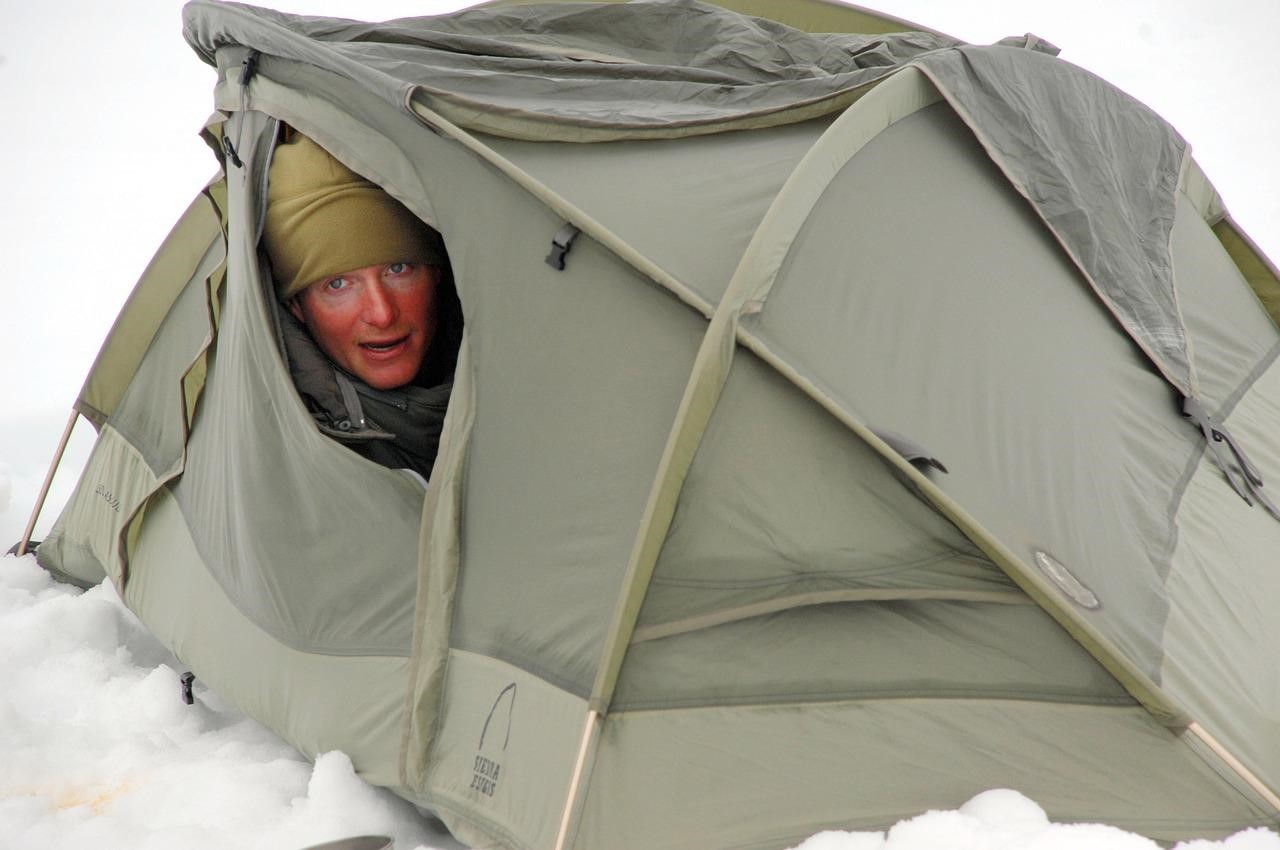
Introduction
Camping in chilly weather can be a rewarding experience if you know how to stay warm in a tent. There’s nothing quite like waking up to a crisp morning nestled in your cozy tent. However, staying warm is essential for a comfortable and enjoyable trip. I’ll explore various techniques in this article to retain heat in your tent, ensuring you stay toasty no matter the weather.
I remember a September trip to Golden Ears Provincial Park in British Columbia, camping near Alouette Lake. The park, known for its breathtaking scenery and serene lake, offers a unique camping experience. The temperatures dropped significantly at night, but with the proper preparation, I not only stayed warm but also had an unforgettable adventure. Here’s how you can do the same and feel the sense of accomplishment that comes with mastering cold-weather camping.
Understanding the Basics
It’s crucial to understand how heat is lost and how to retain it to stay warm. Common mistakes, such as inadequate insulation and poor campsite selection, can lead to a chilly night. You lose heat primarily through conduction, convection, and radiation. To combat this, we’ll cover different methods to keep your tent warm, focusing on practical and effective solutions. This knowledge will make you feel informed and prepared for your next cold-weather camping trip.

Choosing the Right Gear
Selecting the Best Tent
Your tent is your first line of defense against the cold. A well-insulated, four-season tent can make a significant difference. Look for tents designed to withstand low temperatures and strong winds. Features like a rainfly, tent footprint, and vestibule can provide extra insulation. I once camped in a standard tent during a frosty night at Alouette Lake and regretted not opting for a four-season model. Since then, I’ve always chosen the right tent for the weather.
Sleeping Bags and Liners
A high-quality sleeping bag is essential. Opt for one rated for temperatures lower than you expect to encounter. Sleeping bags come in various shapes and insulation types, such as down or synthetic. A sleeping bag liner can provide extra warmth and keep your bag clean. During a winter camping trip, my sleeping bag liner made a noticeable difference in retaining heat, keeping me comfortable throughout the night.
Insulating Sleeping Pads
Sleeping pads prevent heat loss through the ground. Choose an insulating pad designed for cold weather, typically featuring a higher R-value. On one trip to Alouette Lake, I underestimated the importance of a good sleeping pad and felt the chill from the ground. A proper insulating pad has since become a staple in my camping gear.
Heating Solutions
Portable Heaters
Portable heaters can be a lifesaver, but safety is paramount. Always follow the manufacturer’s instructions and ensure proper ventilation to prevent carbon monoxide buildup. Types of heaters include propane, butane, and electric. I used a portable propane heater during a frigid camping trip, and it made the tent cozy and warm, allowing for a restful night. Remember to place the heater on a stable surface and avoid flammable materials.
Hot Water Bottles and Heat Packs
Hot water bottles and heat packs are simple yet effective. Fill a bottle with hot water and place it in your sleeping bag before bed. Heat packs, both disposable and reusable, can provide targeted warmth. On a chilly evening at Alouette Lake, I used these methods to warm up quickly after setting up camp in the cold. They are lightweight and easy to pack, making them a convenient solution.
Layering and Clothing
Layering is essential to staying warm. Start with a moisture-wicking base layer, add an insulating layer, and top it off with a waterproof and windproof outer layer. Avoid cotton, as it retains moisture. Materials like merino wool and synthetic fibers are excellent choices. My experience is that investing in wool-based layers of good quality makes a huge difference in staying warm. Wear warm socks, a hat, and gloves to protect your extremities.

Practical Tips and Tricks
Tent Placement
Where you pitch your tent matters; choose a sheltered spot away from the wind and avoid low-lying areas where cold air settles. Look for natural windbreaks like trees or hills. During a windy night in the coastal forests of BC, placing my tent behind a natural barrier made all the difference in maintaining warmth. Also, clear the ground of debris to create a smooth surface for better insulation.
Ventilation
Proper ventilation helps reduce condensation, making your tent damp and cold. Vent your tent just enough to allow moisture to escape without letting in too much cold air. Balancing ventilation has been a game-changer for me, especially in humid conditions. Use tent vents or slightly unzip the door to promote airflow and prevent moisture buildup from breathing and perspiration.
Ground Insulation
Adding an extra insulation layer between your tent and the ground can significantly reduce heat loss. Use a tent footprint, foam tiles, or an emergency blanket under your sleeping pad. This extra barrier can make a noticeable difference in comfort.
Body Heat
One of the simplest ways to stay warm is to use your own body heat. Doing some light exercises before bed can increase your body temperature. A quick round of jumping jacks or a brisk walk around the campsite can get your blood flowing and warm you up before you settle into your sleeping bag.
Hydration and Nutrition
Staying hydrated and well-fed helps maintain body heat. Eat a warm, hearty meal before bed to fuel your body. Foods high in healthy fats and proteins, such as nuts or cheese, can provide long-lasting energy. Drinking warm beverages like herbal tea or hot chocolate can also help raise your core temperature.
Conclusion
Staying warm while camping is all about preparation and the right gear. From choosing the best tent to layering clothes effectively, each step contributes to a cozy camping experience. Don’t let the cold deter you from enjoying the great outdoors. With these tips, you’ll be ready for any weather.
Remember, the joy of camping in cool weather comes from being prepared and embracing the adventure. Stay warm and happy camping!
What are your comments on staying warm in a tent?
What are your thoughts? Are there any tips you can share? Please let us know in the comments below.

Emilia Kuznetsova
Hey! I’m Emilia. I’m from Vancouver, BC and I love spending time outdoors in the summer. I enjoy swimming and kayaking and going camping with my family and friends. So far I’ve had the opportunity to explore national parks, lakes and campgrounds in BC and Alberta, but I hope to discover more places soon.
Apart from camping and being in nature, I love eating and food in general so this leads me to frequently try out new recipes, be it at home or in the great outdoors. I also love languages and am an aspiring Hyperpolyglot. Among my other endeavors, I’m a contributing writer to The Part Shops, which publishes multiple websites in the camping, RV, marine and powersports niches.














Leave a Reply